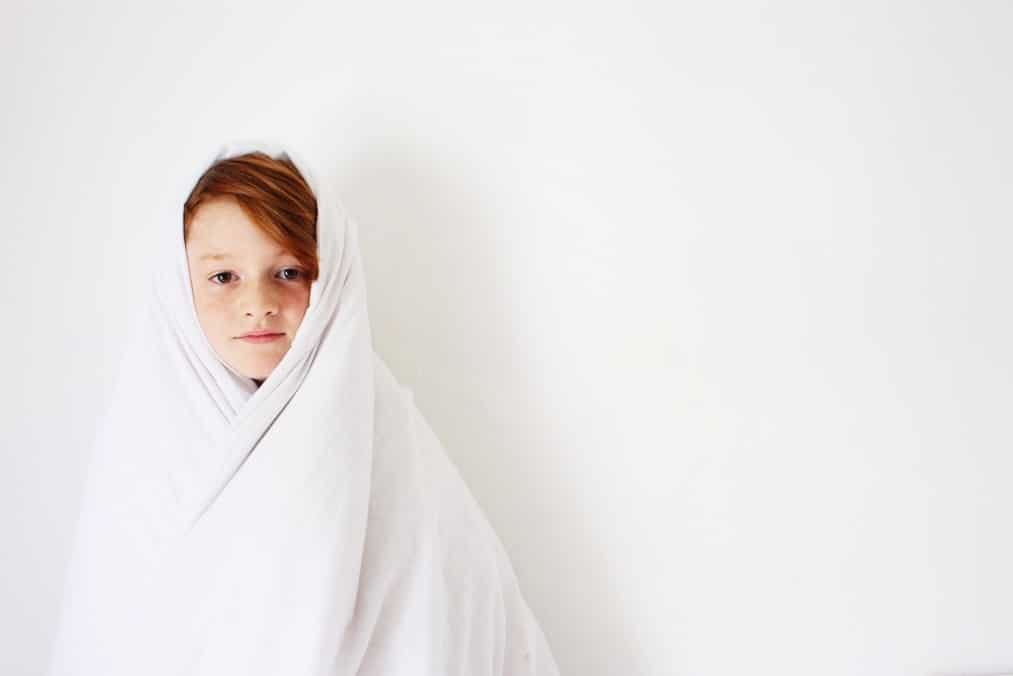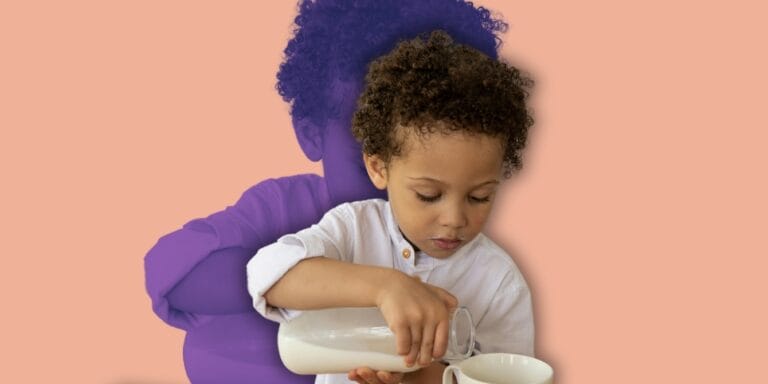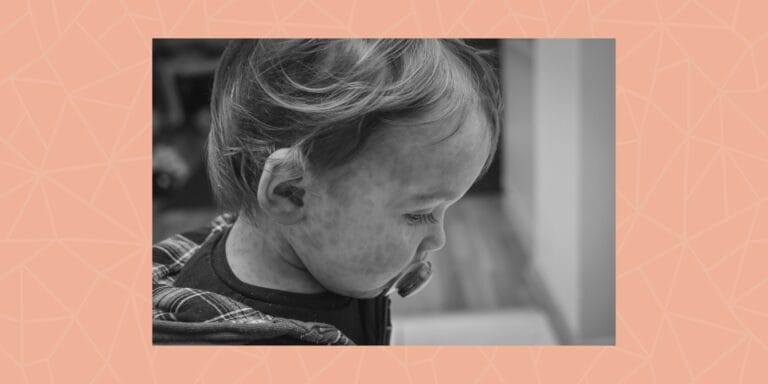Anxiety in kids: what’s typical and what’s not

Kids have perfectly valid anxieties of their own. Here’s how to help them conquer them.
Table of Contents
Grown-ups have grown-up anxieties ranging from work to money to relationships. Our kids don’t have to worry about these things, but they may have anxieties of their own. And, just like adults, some kids are naturally more anxious than others.
As a parent, how do you know when your child’s anxiety is to the point where he or she may need outside help?
We spoke to experts about what behaviors related to childhood anxiety are within the “to be expected” range and what are red flags. Here’s what they said:
Shyness vs. social anxiety
The American Psychological Association defines shyness as the tendency to feel awkward, worried or tense during social encounters, especially with unfamiliar people. In contrast, anxiety is defined as “an emotion characterized by feelings of tension, worried thoughts and physical changes like increased blood pressure.”
So while feeling momentarily awkward around strangers is one thing, feeling visceral reactions of discomfort during any social interaction is more of a concern.
Even then, occasional cases of social anxiety aren’t necessarily cause for serious concern, says Natasha Sharma, author of The Kindness Journal. If a child looks worked up, has a change in breathing or verbally expresses anxiety in the face of an event, Sharma says parents can typically help little ones through the episodes by acknowledging it’s okay to feel nervous and by suggesting some deep breathing.
The red flag: The line between personally manageable social anxiety and cases that would benefit from outside help is drawn when the anxiety gets in the way of a child’s ability to maintain relationships or attend school. As licensed clinical psychologist Kristi Wolfe notes, a good threshold for calling in an expert is if your child has more worry-filled days than not and this has gone on for several months.
Separation anxiety vs. saying goodbye
A few tears before the first day at a new school or when mom leaves for a business trip are normal, but if a child experiences a great deal of stress with every goodbye for prolonged periods of time, they might be veering into anxiety territory.
Research indicates Separation Anxiety Disorder (SAD) is the most commonly diagnosed childhood anxiety disorder in school-age kids, with the biggest peak among children aged 7 to 9. This often occurs along with big school transitions, like the start of middle school, as stress manifests as fear for those your child loves: According to the Anxiety and Depression Association of American, kids suffering from separation anxiety often worry bad things will happen to them, parents or friends in the absence.
The red flag: If a child is refusing to go to school or other age-appropriate activities that separate them from parents of caregivers, there’s more going on than a dislike of goodbyes.
Evening anxiety vs. bedtime avoidance
Asking for another story, another glass of water or an extra hug doesn’t necessarily mean your child has anxiety. It probably just means they’re engaging in what experts call “bedtime resistance,” and it’s super common in kids between 2 and 8 years old.
Most of the time, anxiety isn’t the root of bedtime battles, but if your child has anxiety symptoms during the day, they may have a difficult time getting to sleep a night, Dr. Gregory Stores notes in a paper published in Dialogues in Clinical Neuroscience.
The red flag: Anxious children are late to fall asleep, wake frequently and move around a lot. If a child is exhibiting those symptoms or nighttime panic attacks, anxiety could be to blame.
How to get help
Talking to your child’s pediatrician is the best place to start when anxiety affects sleep, eating habits, relationships or school performance.
A much larger percentage of children will experience minor episodes of anxiety that don’t get in the way of their routine and academic goals—and shouldn’t be considered reasons for shame. As Sharma says, “Normalizing a certain level of anxiety, not just in children, but in everybody, is actually a very healthy way of quelling it.”


































